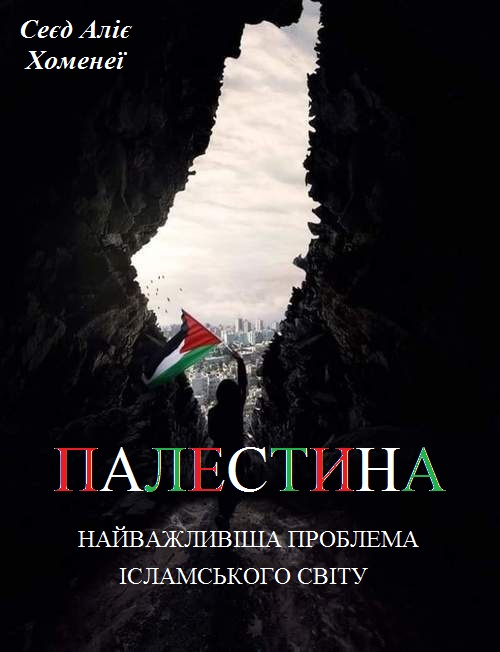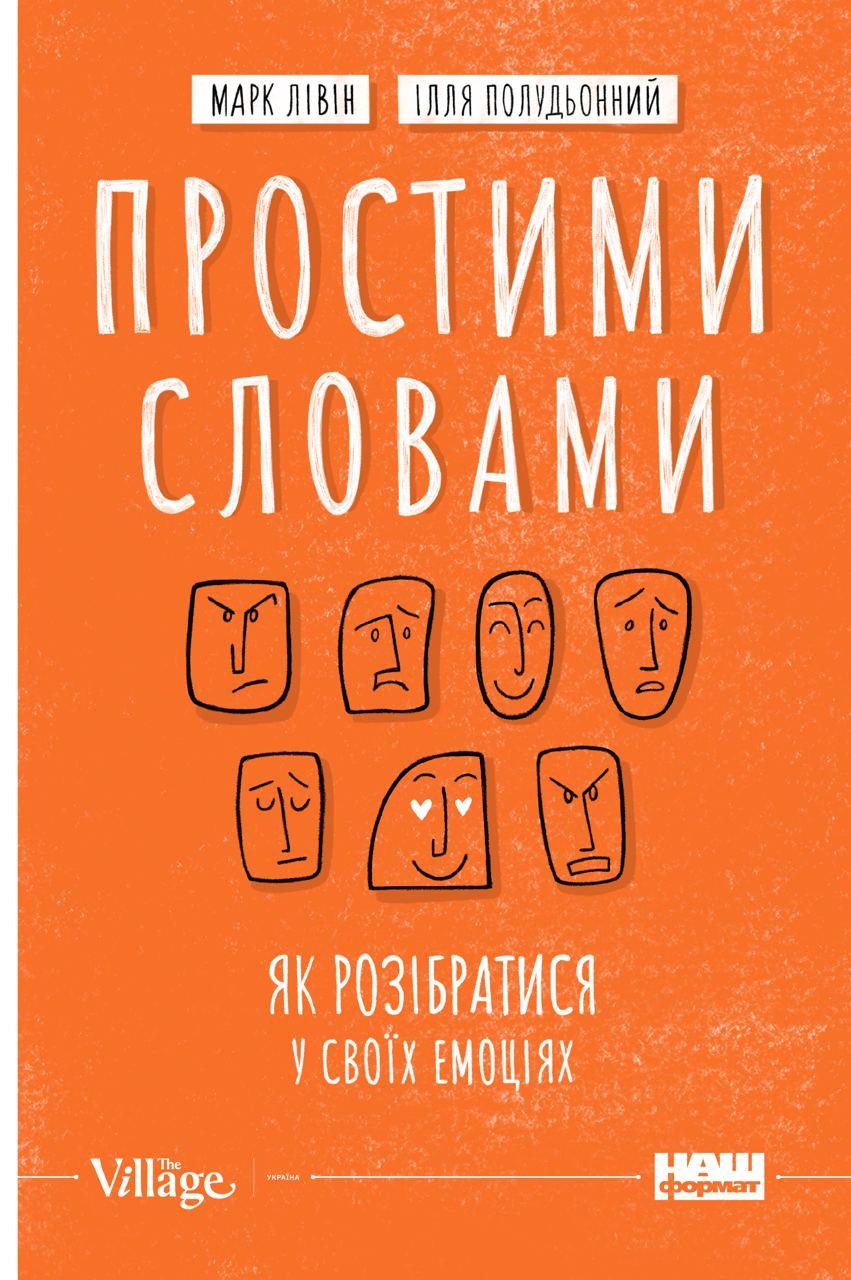Читати книгу - "Genghis Khan and the Making of the Modern World"
Шрифт:
Інтервал:
Добавити в закладку:
The capture of the unnamed Englishman coincided with the end of Mongol penetration into Europe. They had followed the grass steppes across central Asia, Russia, Ukraine, Poland, and Hungary; but where the pastures ended, the Mongols stopped. With five horses per warrior, they needed that pasture to function. Their marked advantages of speed, mobility, and surprise were all lost when they had to pick their way through forests, rivers, and plowed fields with crops and ditches, hedges, and wooden fences. The soft furrows of the peasant’s field offered an insecure foothold for the horses. The place where fields began also marked the transition from the dry steppe to the humid climate of the coastal zones, where the dampness caused the Mongol bows to lose strength and accuracy.
Despite their probes across the Danube, the full-scale Mongol invasion of western Europe failed to materialize. On December 11, 1241, Ogodei, reportedly in a drunken stupor, died. News of the death reached the Mongol forces in Europe, four thousand miles from Karakorum, within four to six weeks. Chaghatai died at about the same time, and thus in the mere fourteen years since the death of Genghis Khan, all four of his sons had died, and now the princes, Genghis Khan’s grandsons, raced home to continue their battles against each other in the quest to become the next Great Khan. The struggle among the lineages would last another ten years—and for at least this decade, the rest of the world would be safe from Mongol invasion.
Over the early months of 1242, the Year of the Tiger, the Mongols withdrew from western Europe back to their stronghold in Russia. The European cities produced little loot, and the armies the Mongols routed had been poorly supplied. The most valuable asset the Mongols took with them were the tents and furnishing of the Hungarian king’s camp, which Batu used for his base camp on the Volga River. Despite the lack of goods, the Mongols had found a variety of craftsmen such as the miners from Saxony, scribes and translators, and, from their raids around Belgrade and the Balkans, a contingent of French prisoners that included at least one Parisian goldsmith.
Disappointed with the material reward of their invasion and eager to show some profit, the Mongol officers struck a deal with the Italian merchants stationed in the Crimea. In exchange for large amounts of trade goods, the Mongols allowed the Italians to take many of their European prisoners, especially the young ones, to sell as slaves around the Mediterranean. This began a long and lucrative relationship between the Mongols and the merchants of Venice and Genoa, who set up trading posts in the Black Sea to tap this new market. The Italians supplied the Mongols with manufactured goods in return for the right to sell the Slavs in the Mediterranean markets.
This decision to sell the young people would create a major future problem for the Mongols, because the Italians sold most of their slaves to the sultan of Egypt, who used them in his slave army. In another twenty years, the Mongols were destined to meet this army composed mostly of Slavs and Kipchaks who had plenty of experience fighting the Mongols, and in many cases had even learned the Mongol language before being transported away. That future meeting along the Sea of Galilee in modern Israel would prove to have a far different outcome than the first meeting on the plains of Russia.
7
Warring Queens
Just as God gave different fingers to the hand so has
He given different ways to men.
M
ONGKE
K
HAN
WHILE THE MONGOL men stayed busy on the battlefield conquering foreign countries, women managed the empire. Among the herding tribes, women traditionally managed the affairs at home while men went off to herd, hunt, or fight, and although the war campaigns now lasted for years rather than months and the home consisted of not merely a collection of ger camps but a vast empire, women continued to rule. Aside from Russia and eastern Europe, where the fighting continued the heaviest during Ogodei’s reign, women assumed administration of all remaining parts of the Mongol Empire. Despite the rivalry with Ogodei Khan, Sorkhokhtani, the widow of Genghis Khan’s youngest son, Tolui, ruled northern China and eastern Mongolia, including the family homeland where Genghis Khan grew up. Ebuskun, the widow of Genghis Khan’s second son, Chaghatai, ruled Central Asia or Turkestan.
While Ogodei reigned as Great Khan, for long periods of time he was too drunk to lead the empire, and he gradually conveyed administrative power to Toregene, the most capable, although not the senior, wife. At his death in 1241, she became the official regent. For the next ten years, until 1251, she and a small group of other women controlled the largest empire in world history. None of the women had been born a Mongol but had instead been married into the family from a conquered steppe tribe, and most of the women were Christians. Neither their gender nor religion hindered their rise to power nor the struggle against one another as each vied to place the whole of the empire in the hands of her own son.
The
Увага!
Сайт зберігає кукі вашого браузера. Ви зможете в будь-який момент зробити закладку та продовжити читання книги «Genghis Khan and the Making of the Modern World», після закриття браузера.

